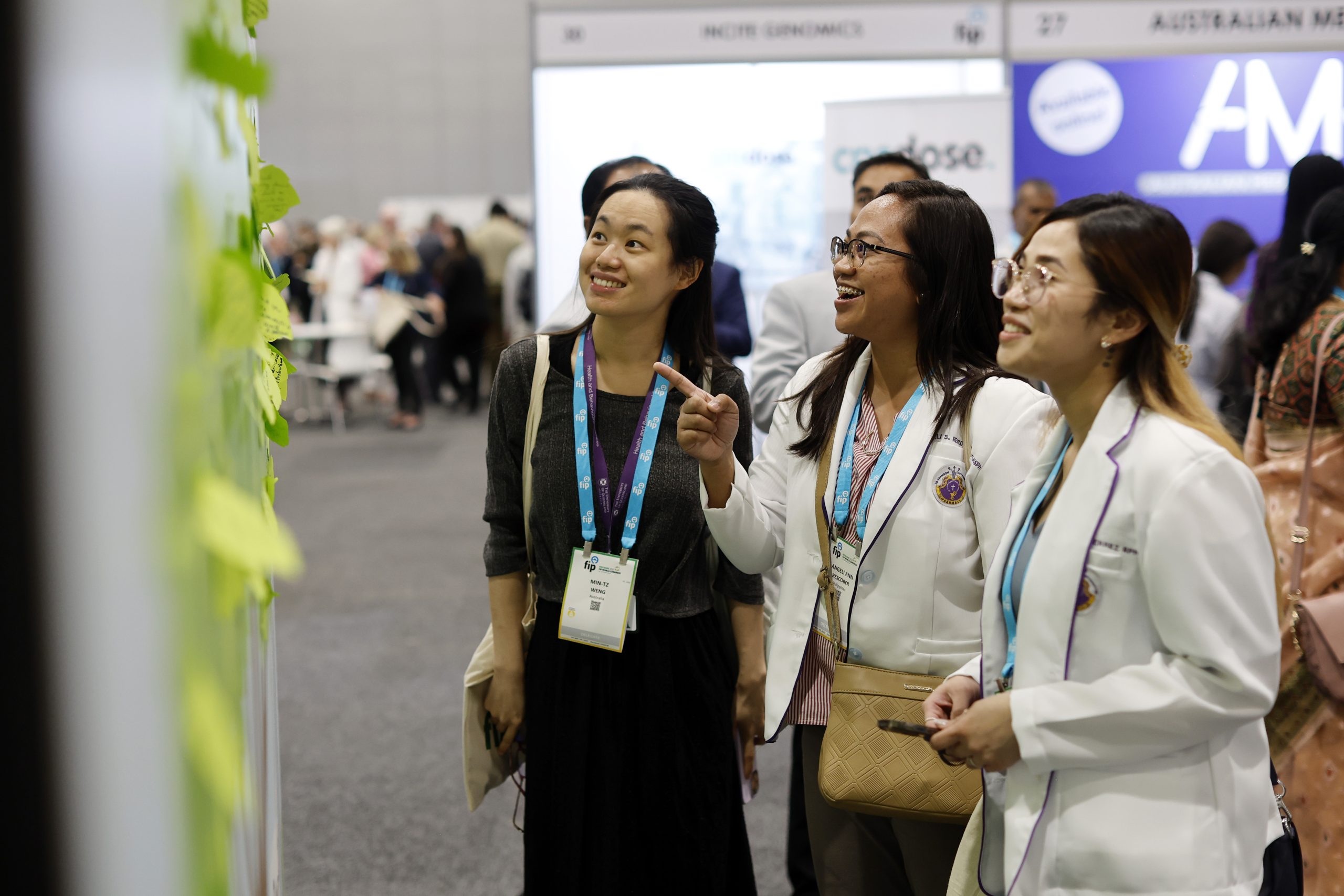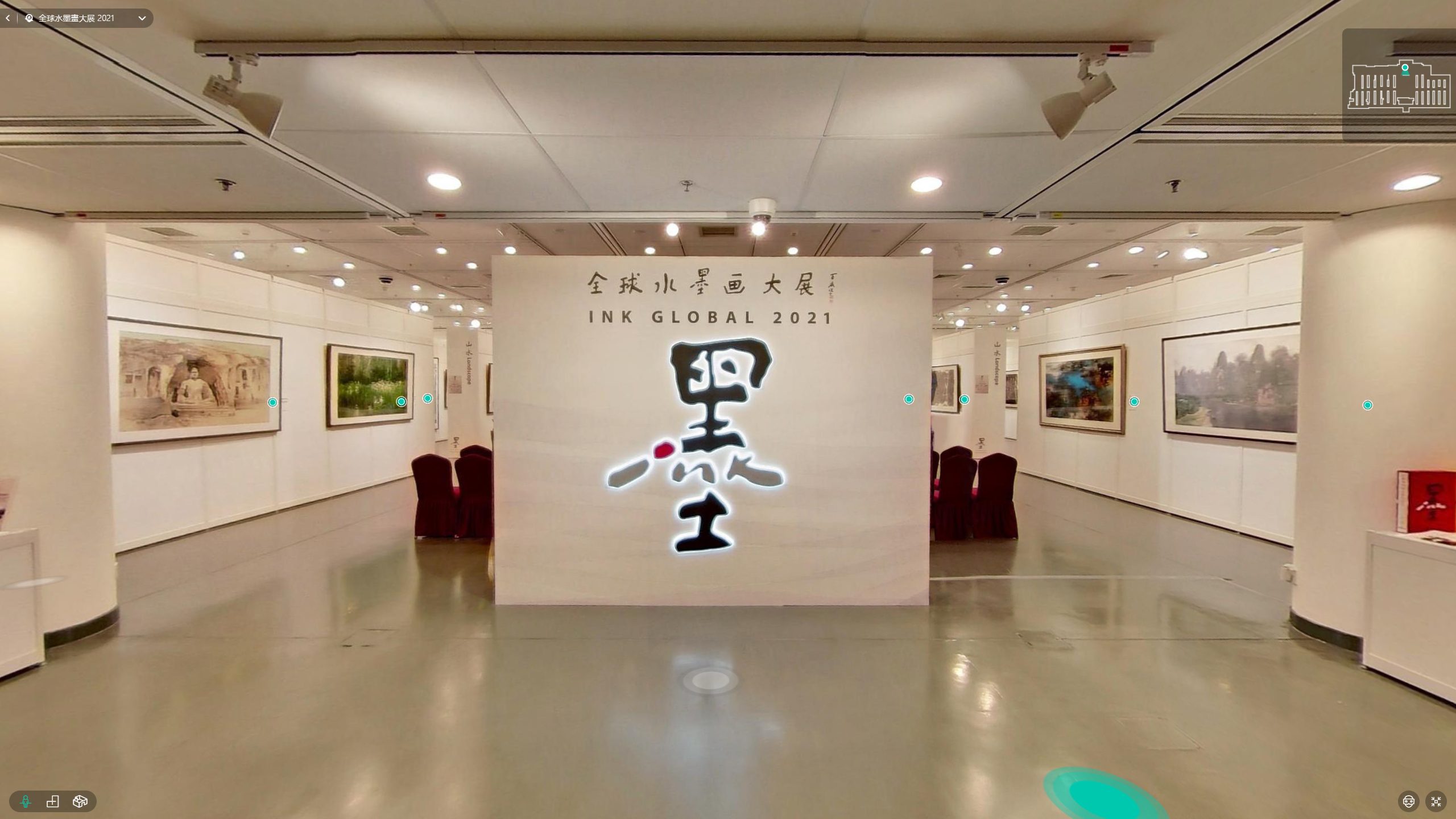It was Henry Ford, founder of one of the largest and most successful companies of the 20th century, who said: ““Coming together is a beginning. Keeping together is progress. Working together is success.”
He certainly knew what he was talking about. Ford revolutionised industry by streamlining the production process and introducing assembly lines in which each worker played a key and defined role.
Today, we no longer view staff as assembly-line workers conducting repetitive and monotonous tasks. On the contrary, most employers recognise the need to unleash the potential of their staff, encourage creativity and even a willingness to challenge existing hierarchies. Individuality is not seen as a threat but as a necessary element in each collective.
Nonetheless, any team has its stresses and strains and managers need to find ways to identify the possible destructive faultlines running through their teams as well as uncover hidden depths among their team members, which might otherwise go overlooked in the routines of everyday work.
Teambuilding activities provide one answer in a spontaneous and fun package, allowing staff to go offsite and try new ways of solving problems and working together.
While, this avoids risking what could follow a failed real-life trial, it means taking participants out of the office for extended periods. The time sacrificed, therefore, has to reap significant benefits.
Successful planning can turn the programme into a successful and rewarding event.

Know your needs
Behind all teambuilding events lie underlying problems and, without the acknowledgement and understanding of those issues, the solutions may not completely address them.
First, identify obstacles preventing staff from working together fully.
Emma Dodwell-Groves, a producer at Paradigm Consultants International, points out: “Very often, people only see the negative issues facing a company, such as lack of morale, bickering or over-competitiveness. They don’t see the underlying causes that perpetuate these challenges.”
Dodwell-Groves adds that these surface-level problems are usually a result of deeper issues, such as with communication, role clarification and personal empowerment, and once addressed using teambuilding exercises, the smaller problems standing in the way of a more conducive work environment will naturally disappear.
Pinpointing the right themes is of utmost importance. Picking at the immediate problems instead of the underlying ones, while helpful in the short term, may simply result in the deeper issues remaining unresolved.
Andrew Grant, managing director at consultant Tirian, adds: “It is risky to invest time without careful programme design and facilitation. We recommend considering what the key issues or challenges are that need to be addressed through the programme, and then deciding what approach will best meet these needs.”
The next step in this case would be to decide on the programme objectives, a process that helps programme organisers customise the activities to individual company needs.
Alvin Quah, manager of Anergy Fun Engineers Limited, says: “Having objectives means that you can skew or tailor the activities to meet your expectations. The objectives would, in many situations, form the guiding principles to select the appropriate activities.”
On top of that, organisers also have to come to an agreement about the desired outcome of the programme. Grant of Tirian points out that teambuilding can mean different things to different companies, and each definition can point to a separate outcome.
He says: “At one end of the spectrum, teambuilding is just fun activities that enable a natural sense of camaraderie to develop, while at the more sophisticated end of the spectrum, it is a programme that works towards specific team development outcomes.”
These different definitions not only decide what kinds of activities staff participate in, but also the duration of the teambuilding programme.
Paradigm’s Dodwell-Groves explains: “If you simply want a fun selection of activities that bring your people closer together, then you can easily achieve your aims in a few hours. But for a more comprehensive business solutions programme, you may require a full day of groundwork before you can develop new processes, implement them and finally acknowledge and reward participant contributions.”

Programme design
Having determined both the problems and the desired outcome, it comes then to selecting a suitable teambuilding activity to reach these targets.
“It is vital that you communicate objectives clearly to the teambuilding service provider, then we can involve you in the different stages of programme development and ensure that the final product is not just a fun bonding experience, but also fulfils your objectives in a meaningful way,” advises Dodwell-Groves of Paradigm.
In addition, a teambuilding activity is best conducted away from the familiar office surroundings. A different enviroment is also likely to give you more options in terms of the various activities that can be done during the day.
Author and customer-service guru Ron Kaufman says: “Major teambuilding programmes are frequently conducted ‘offsite’. This allows participants to get away from the workplace physically and mentally, minimising disruptions and opening their thinking to new points of view.”
On top of that, organisers have to place the needs of participants foremost in their minds when planning activities designed to mold them into a cohesive team.
This can be a sticky process though, because participants often vary widely in enthusiasm – from those raring to go to those who would rather sit in front of a computer and answer emails.
It is therefore essential to get everyone involved, planners need to determine what would get the least interested members of the group to participate fully and take back as much from the programme as the enthusiastic ones.
Grant of Tirian suggests: “Cynical people want to enjoy the process and see the value for themselves and their team, so imagining how they would react can help. A good way to choose a programme can be to consider the most cynical team member and think what will be most likely to engage that person and meet his needs.”
In the midst of conducting these programmes, it is easy to get carried away.
While the activities themselves are an important part of getting an idea across and helping staff to work together better and in a more complementary way, there must also be time to settle down and reflect on the lessons learned.
This reflection period allows participants to take away key lessons from their activities and apply the experiences to an everyday office situation.
“Allow enough time between each activity for discussion, learning and application back to the job. It’s better to have a full day with two teambuilding games and enough time for discussion, than a ‘stuffed’ day with little time for reflection,” says Kaufman.
Dodwell-Groves adds: “An essential element to getting the most out of your teambuilding activities is with thorough debriefs that make the activities relevant and the lessons from them applicable to the workplace.”
Create memories
After all the effort put into planning and executing a teambuilding programme, the last thing you want is for your participants to forget about what they learned the moment the activity is over and they have to return to the office. Making the event memorable for all participants is critical.
“When an event is memorable, it is easy to associate the experiences with what was learnt through it, and this is where the greatest value lies. It means that a leader can use the experience any time in the future to remind their team of key issues,” says Grant.
One way to ensure that memories last long after the event is over is by capturing them in photos and videos, which can then be distributed to everyone involved.
Kaufman suggests: “Engage a photographer and videographer to document your teambuilding programme. Give copies of photographs to participants after the event. Post the photos on your bulletin boards, in the cafeteria, or the company newsletter.”
It is also important that follow-ups be done to ensure that lessons are remembered. This long-term maintenance of programme lessons and their applications means that your programme’s success is sustained and maximised.
Grant notes: “A key way we measure the longer-term success is how long after the programme people continue to remember it, talk about it, and apply the learning.”
Dodwell-Groves adds: “Yes, it’s important to have everyone ask the question, ‘what are we going to do differently when we are back in the office on Monday’, but it’s equally important to have reviews a week after the programme and a month later, to ensure the objectives are still being met. You must maintain the momentum.”
TOP TIPS
How to make the most of your teambuilding event
• Grouping should be done early if possible to ensure teams are generic and can perform at about the same level so the activities are enjoyable for everyone
• Attendance should be compulsory to ensure maximum participation
• Objectives should be made known at the start of the event to set the right tone
• Give the teams some tasks to prepare for the event day so they can meet up and start the bonding process before the event
• Include attractive prizes to help enthusiasm in the activities
• A proper wrap up for the event should be done to reinforce the learning objectives at the end Alvin Quah, of Anergy Fun Engineers Limited


